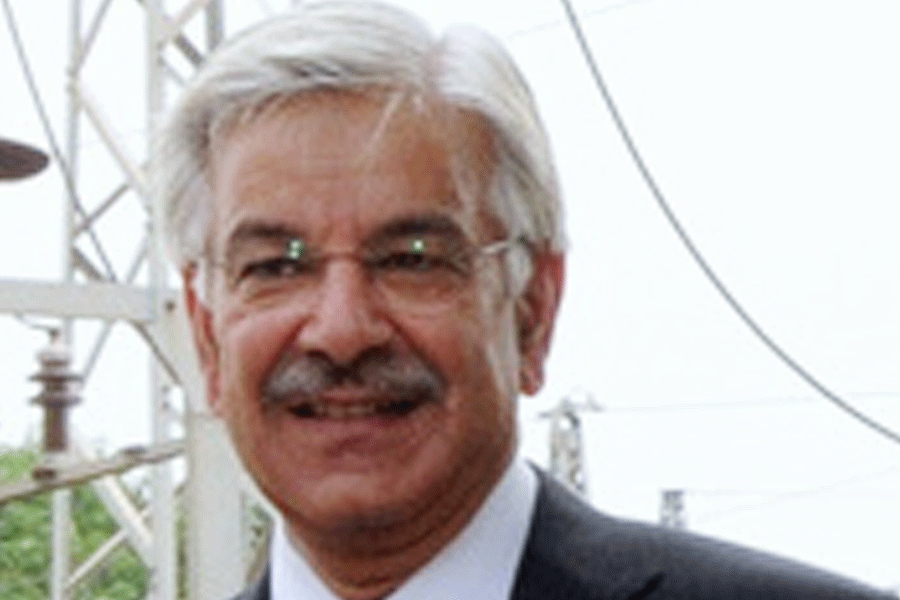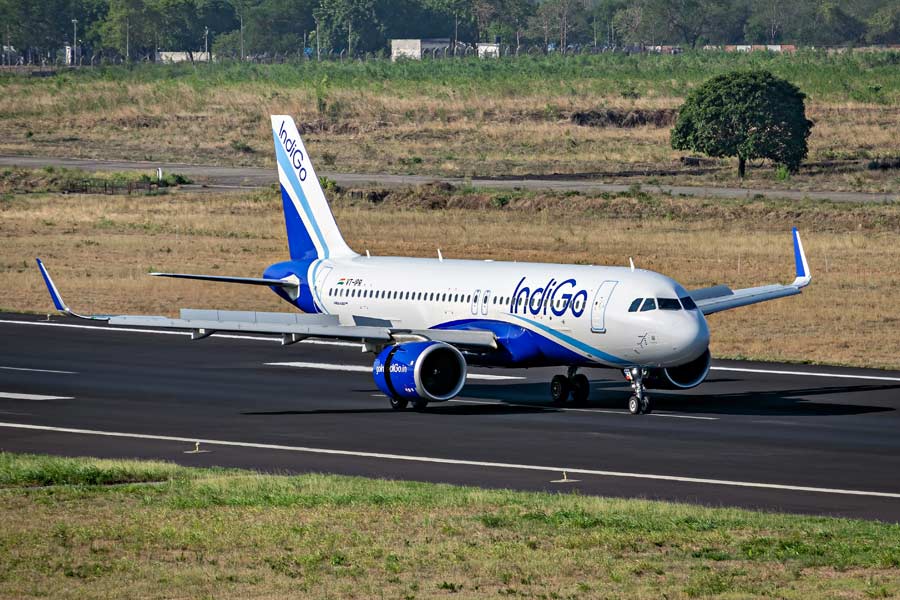
New Delhi, Sept. 19: Mobile phones aren't the only distractions for car drivers in India who also listen to music, converse with fellow passengers, look into driving mirrors to check their faces and adjust seats while at the wheel#.
A research study by a team of ergonomics experts and transportation engineers has found that 74 per cent of drivers from a limited sample used mobile phones, 55 per cent used mirrors for non-driving purposes, and 50 per cent ate or drank while driving.
The engineers at the National Transportation Planning and Research Centre (NATPARC) in Thiruvananthapuram and the Rajiv Gandhi Institute of Technology (RIT) in Kottayam sampled only 1,203 drivers from five districts in Kerala. But the researchers say there is no reason to assume the drivers' attitudes are unique to Kerala.
"We know many of our cities have high-density traffic and poor driver-discipline," Srinath Ramalingam, a project engineer at the NATPARC and member of the team, told The Telegraph.
"It is disturbing that high proportions of drivers, even while aware of the risks of being distracted, engage in such secondary tasks."
The Union road transport and highways ministry, releasing its annual figures on road accidents earlier this year, had documented that drivers' faults accounted for about 77 per cent of India's 501,423 road accidents in 2015. Most road accident reports attribute faults to "rash or negligent driving".
"Our study is part of a broader effort to understand what contributes to drivers' faults," said Raghunathan Rajesh, an associate professor at the RIT, who specialises in ergonomics and is currently exploring how human factors influence road accidents.
"Until now, there has been very little research on distracted driving in India," said Rajesh, who led the study published yesterday in the journal of the International Association of Traffic and Safety Sciences.
The engineers say the high proportion of drivers who appeared to have no qualms about using their mobile phones while driving should raise concern because several earlier studies have established how distractions through mobile phones can impair drivers' performance.
The World Health Organisation, based on a review of international studies, has cautioned that drivers using mobile phones are approximately four times more likely to be involved in a crash than drivers not using phones - and that hands-free phones are not much safer.
The NATPARC-RIT engineers found 81 per cent of the drivers they questioned aware of the risks of using mobiles while driving, yet 74 per cent did. Nearly 50 per cent of those who used phones said they were compelled to respond to important calls.
"We would expect perception about risks to lower usage. Unfortunately, we find that drivers compensate for the risk through confidence that they won't make mistakes or convincing themselves that they should not avoid important calls," said Rajesh.
New emerging research has also suggested that hands-free phones are not as safe as they have been assumed. A study by University of Sussex psychologists earlier this year found that drivers engaged in conversations using hands-free phones detected fewer road hazards than those who did not.
"Hands-free can be equally distracting because conversations cause the driver to visually imagine what they are thinking about," Graham Hole, the psychologist who led the research, said in a media release in June. "The visual imagery competes for processing resources with what the driver sees in front on the road."
The UK study, published in the journal Transportation Research, suggests that both hand-held and hands-free mobiles can be "dangerously distracting" for drivers, Hole said. The visual imagery triggered by phone conversations may cause drivers to ignore parts of the outside world in favour of the inner visual world.
Rajesh said the next phase of the study would examine how conversations with passengers, the use of other digital devices such as laptops or navigational aids or eating and drinking while driving might compete with each other as independent distractions.










